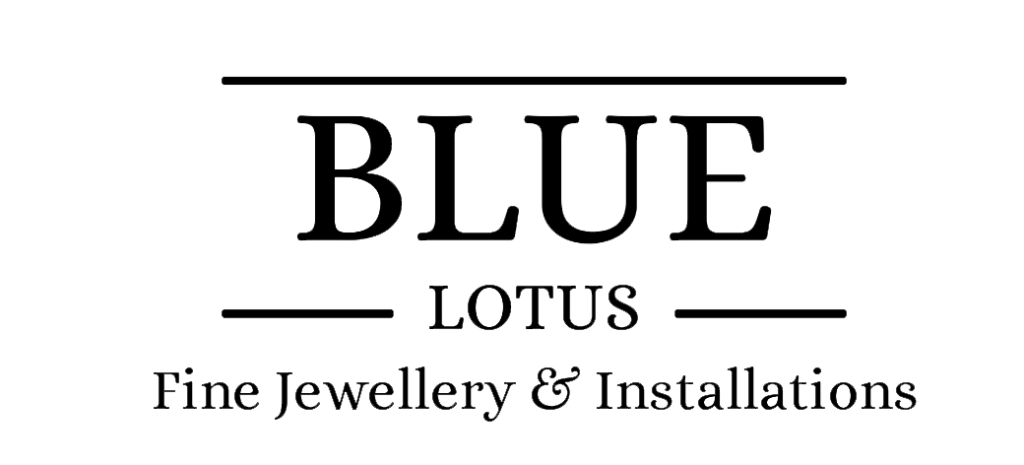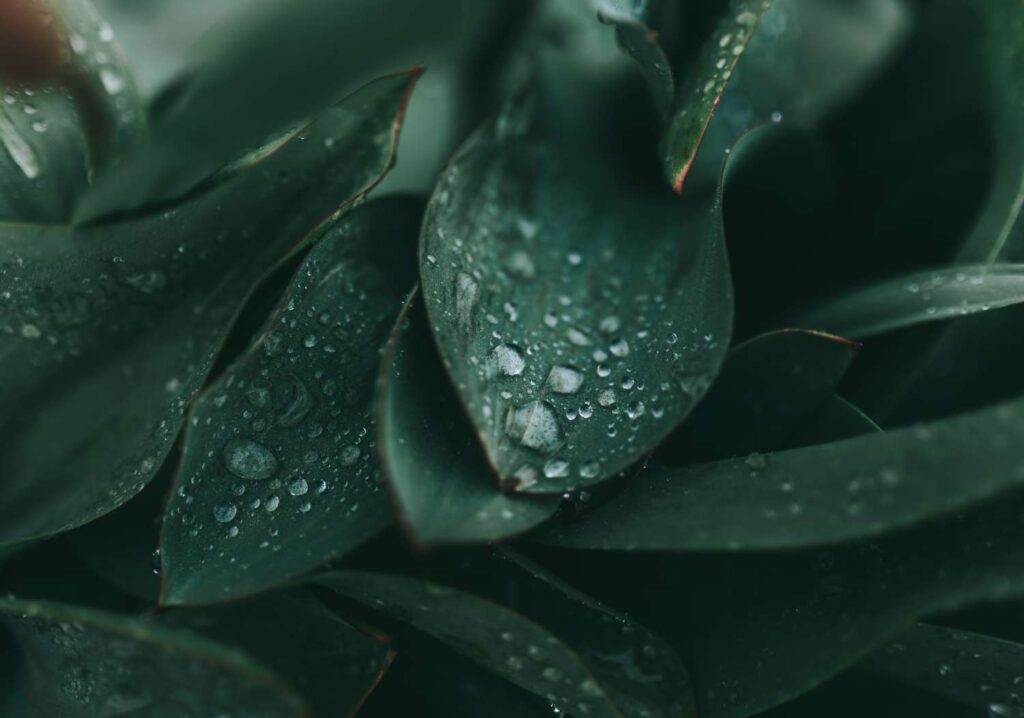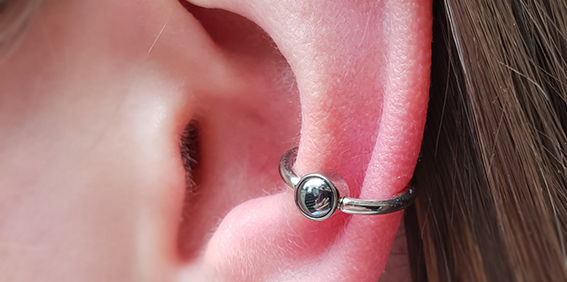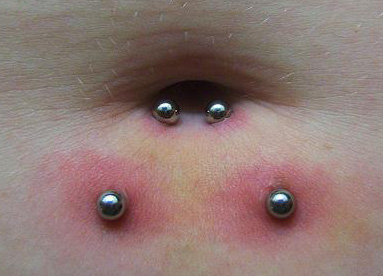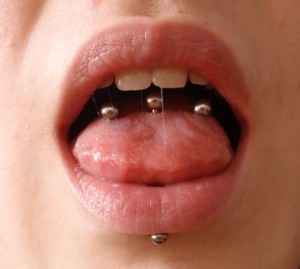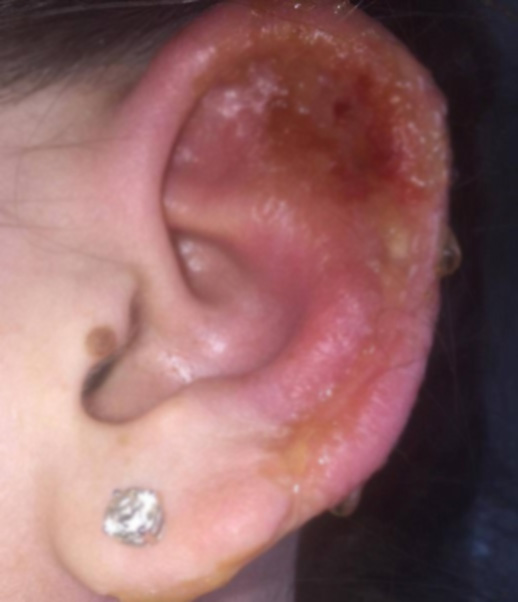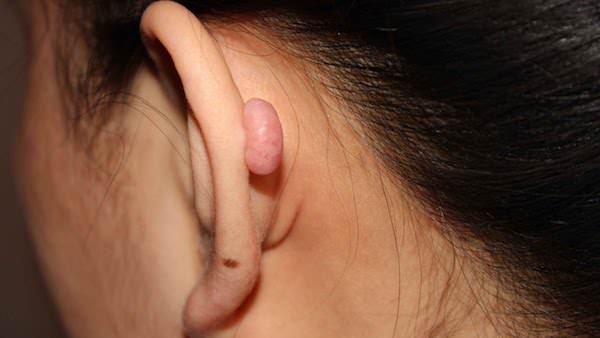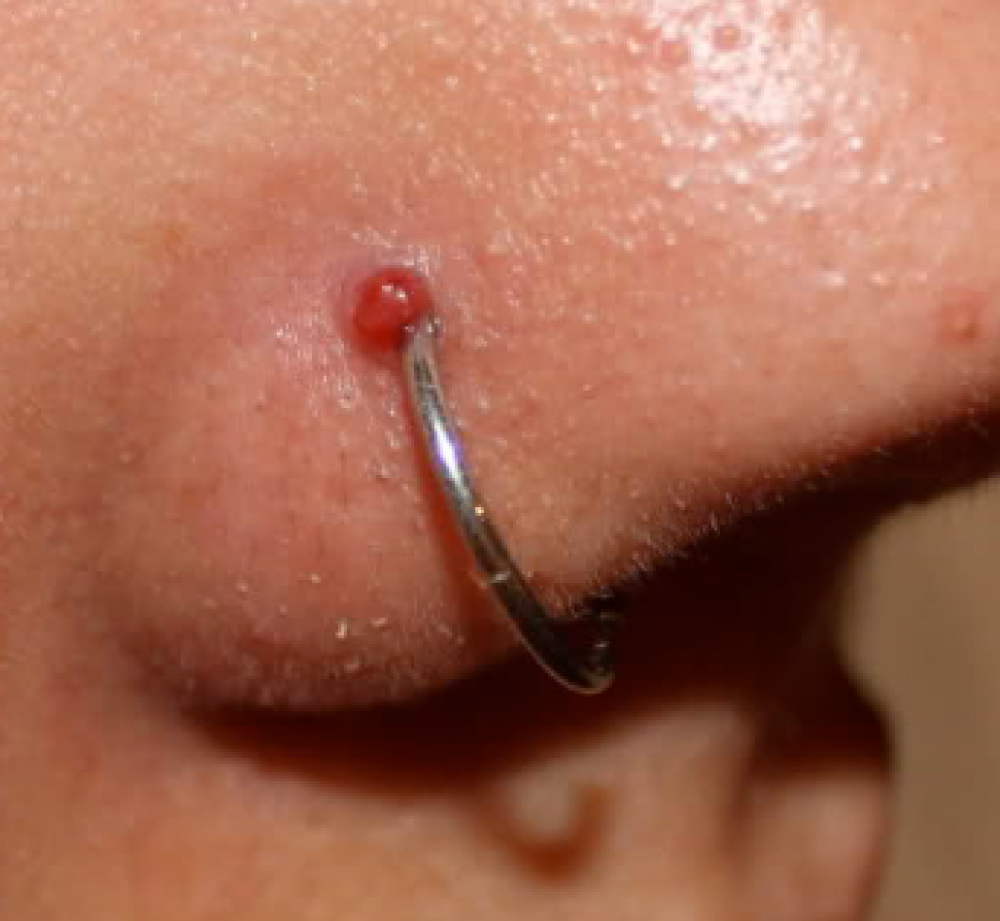Healed bumps have become scars, refered to as keloids. The best method of treatment appears to be compression and massage with a natural oil such as jojoba oil. However this does not always require permanent removal of the jewellery. Treatment can only begin if the wound itself is healed, in many cases this is months after the initial piercing (consult with your piercer) and it therefore becomes a priority to heal the piercing before treating the scarring or the further irritation will likely make it worse. The jewellery must again be large enough to comfortably allow for the extra tissue growth associated with scarring so therefore may require changing at a piercing studio. Keloids are most commonly caused by excessive movement of the jewellery, for example: sleeping against the piercing, cleaning to vigorously or too often, touching the piercing during the initial healing, changing to soon or to ill fitting jewellery.
In cases where the growth tissue has an open wound top (hyper-granulation) it is considered still unhealed the priority is to encourage good an natural healing without causing further irritation to the site,
Soaking in warm to hot shower water for a full 10 minutes, or steaming your face should that be more suitable, Encourages good blood flow and wound drainage. Therefore aiding the natural removal of fluids causing the bump. Done twice a day for nostrils (2 weeks) and once a day elsewhere (often a month or more) this will likely bring good results.
